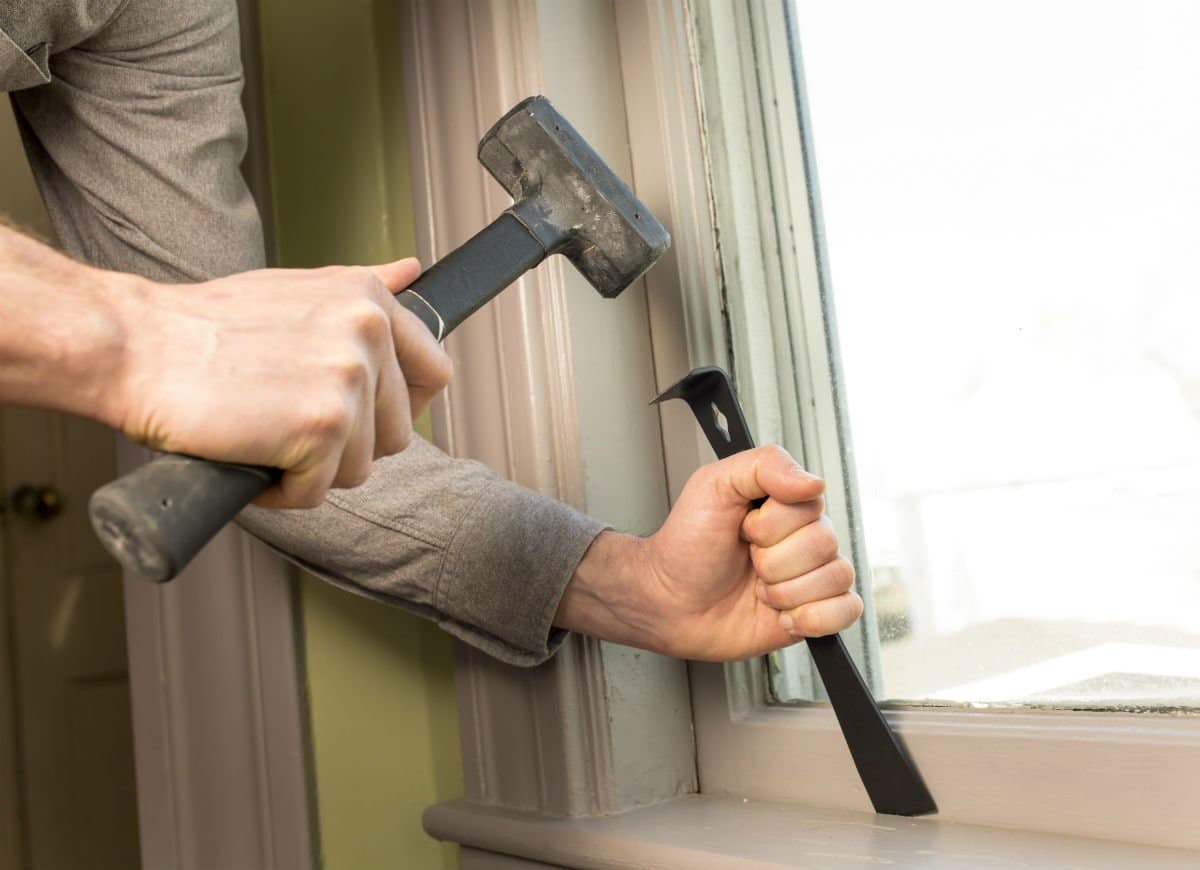As a homeowner, it is important to keep your gutters in tip-top shape. Gutters can go unnoticed and cause problems to your home over time. Your gutters are responsible for moving water to minimize damage to your home, such as flooding. When it rains, they channel water flow from the roof into the downspouts and guide it to areas outside the home. Depending on the material, they can last anywhere from 25 to 50 years if they are well maintained.
The Causes and Effects of Sagging Gutters
Gutters are an essential part of preventing drastic damage to your home. Over time, they can warp which leads to sagging. When the gutter sags, it forms a gap where trapped water can flow behind or over the gutter. One of the most common causes of sagging gutters is a blockage from leaves, debris, and other materials. This blockage prevents the water from properly flowing into the downspouts, which can cause erosion or flooding in a basement.
What Are The Average Costs for Gutter Repairs?
The cost for gutter repairs can vary depending on how much the parts costs, the height of your home, the length of your gutters, labor costs, and other taxes. These costs can range from about $70-$300. If you hire a professional, they can fix problems such as clogged, dented, sagging, erosion, leaks, and more. Moreover, the cost for gutter repair depends on the material.
The Pros And Cons Of Gutter Materials
There are four commonly used gutter materials to choose from: aluminum, copper, galvanized steel, and vinyl.
How To Repair A Sagging Gutter
Before you begin the repairing process, you need to identify what is causing the gutter to sag. The cause can be anywhere from a dent, a bend, or the supports loosening or breaking. If you have metal gutters that are torn or bent, you may have to either remove or replace the entire gutter section. If the sagging is a recent issue, grab a ladder and carefully inspect the gutter. Oftentimes, the supports can be replaced and your gutters will be back in good use.
A sagging gutter repair/replacement depends on the cause of the sag and the material. Here are the tools you will need:
Tools
New gutters
Hammer/Pry bars
Nails
Downspouts
Ladder
Gutter sealant/Weather-proof caulk
End caps
Snips
Gutter brackets
Screwdriver
Corner joints
Drill

It is important to use safety equipment such as goggles, gloves, and a helmet/hat.
Begin by taking a look a the gutter from each end. Check for missing, broken hangers or if they are hanging low in certain places.
Gutter Brackets
Find out where your gutters are sagging. Using a screwdriver, and remove the section from each bracket.
Fill in the screw holes with caulk or sealant and let it dry.
After the sealant dries, use a drill to drill in the holes.
Attach the brackets to the new drill holes.
Re-apply your gutters.
Gutter Spikes
Find out where the gutter spikes are loose.
Use a hammer or pry bar to pull the spikes from the gutter.
Check to see if the spikes are threaded.
- If they are threaded, you can reuse spikes that are not damaged.
- If they are not threaded, you will need to replace them
Use a screwdriver to insert the spikes into the gutter hole. Make sure they are tightened and secure.
Gutter Hangers
Find out where your gutters are sagging and use a screwdriver to remove the gutter hangers from under the roofing material or shingles.
Check for damaged gutter hangers and replace if necessary.
Insert the new hangers and make sure they are tightened. You can install the hangers in a slightly different place in your roofing material or shingles for better security.
How To Replace A Sagging Gutter
If your gutters cannot be repaired or have recurring damage, you may need to replace them.
Here’s how to install new gutters:

